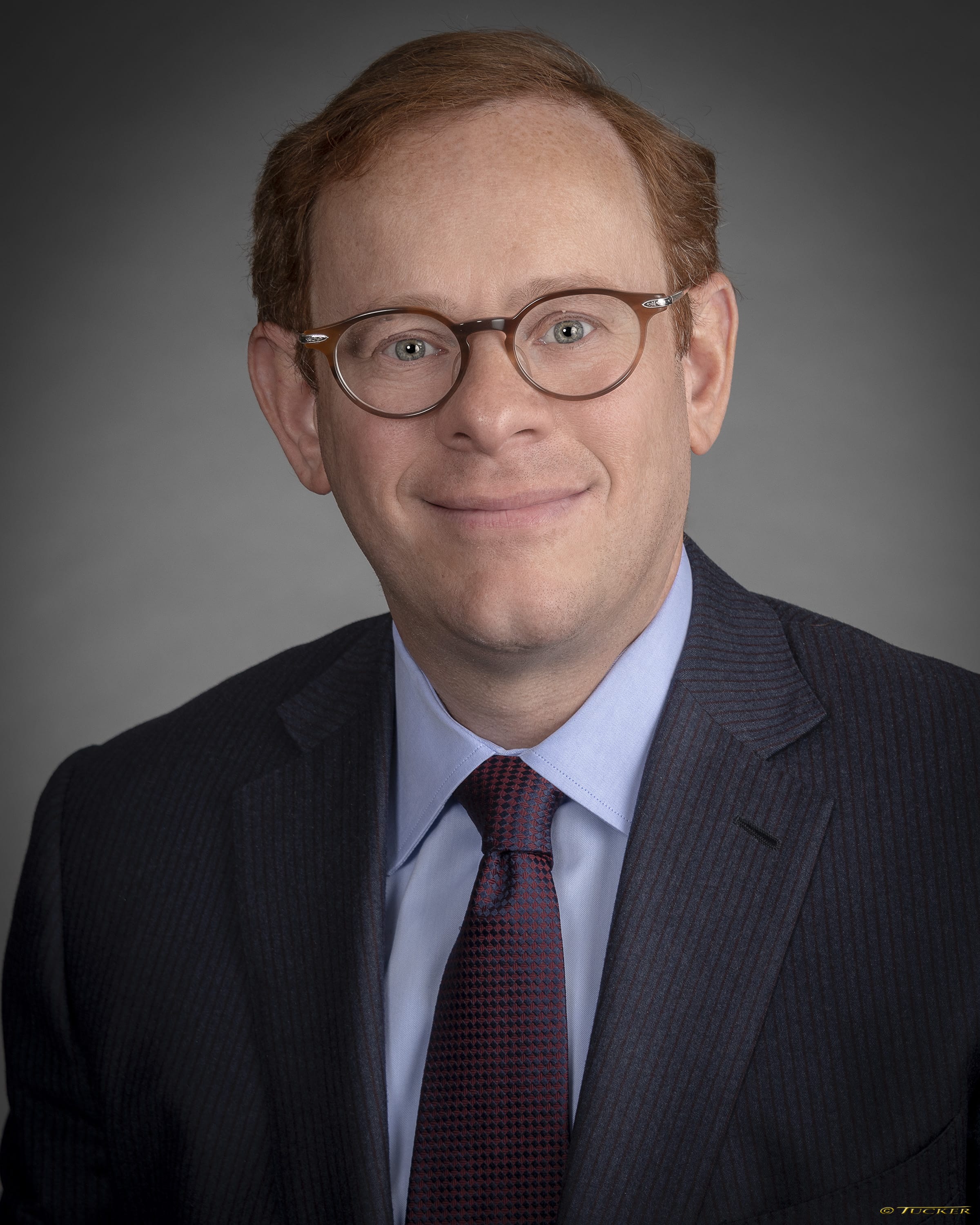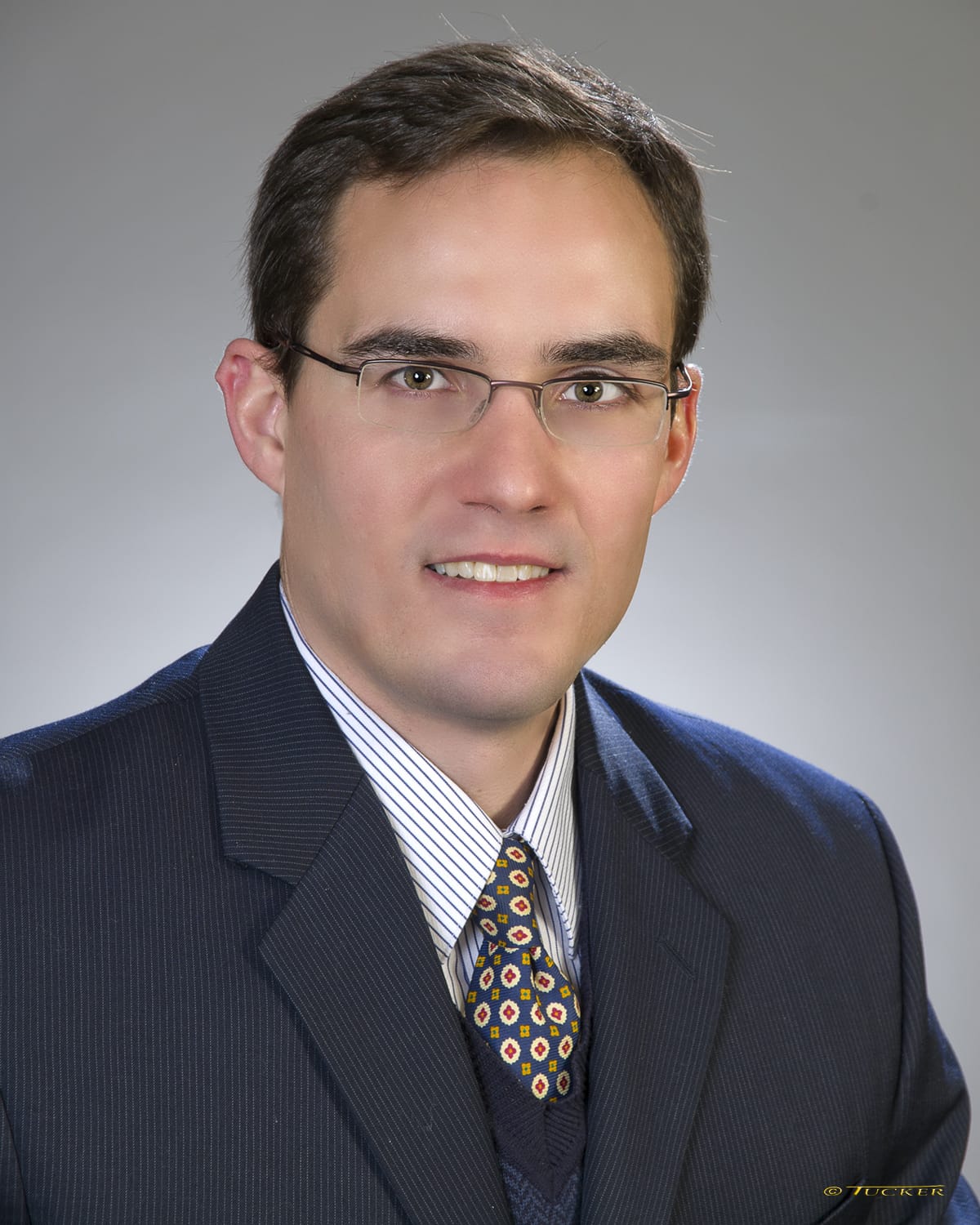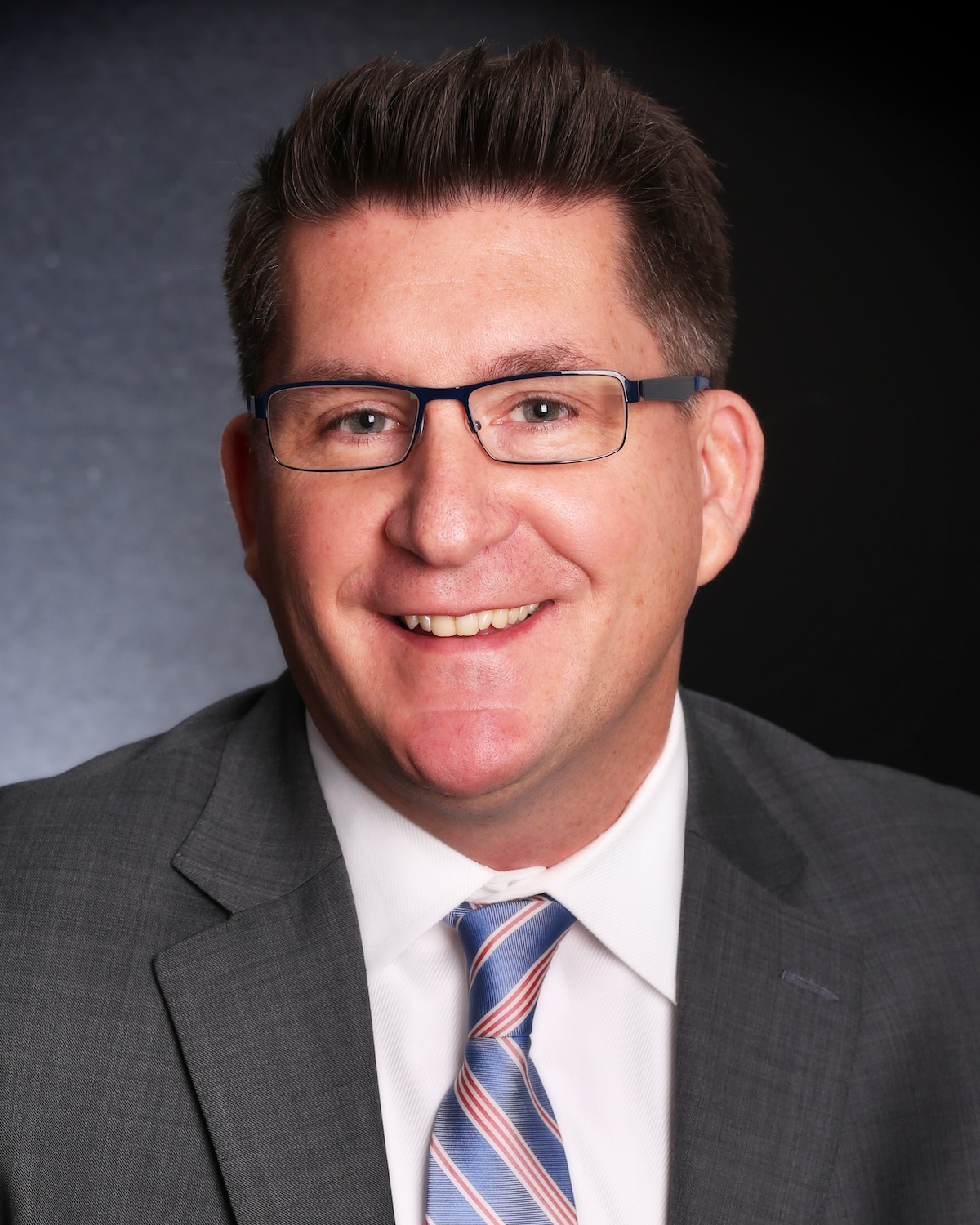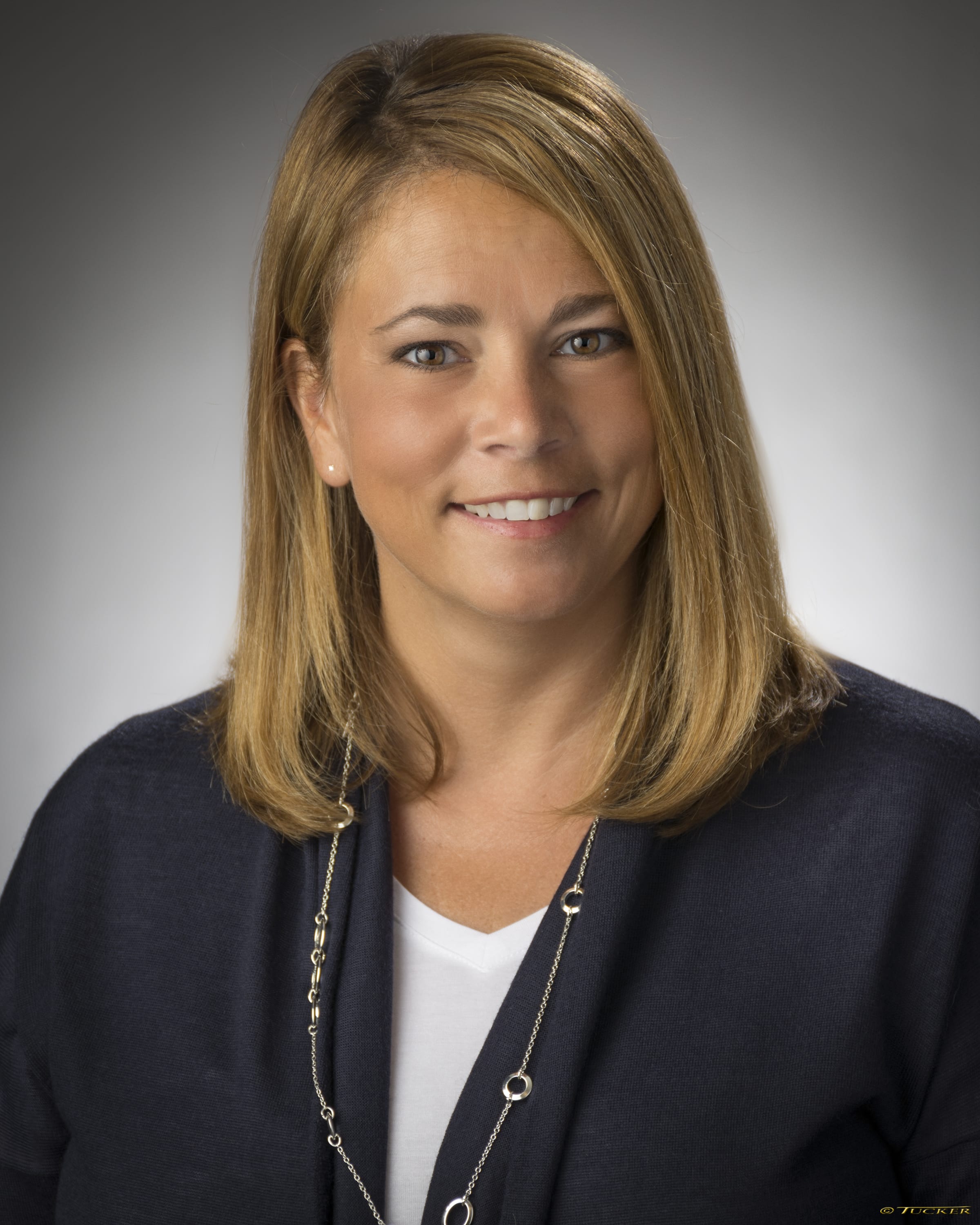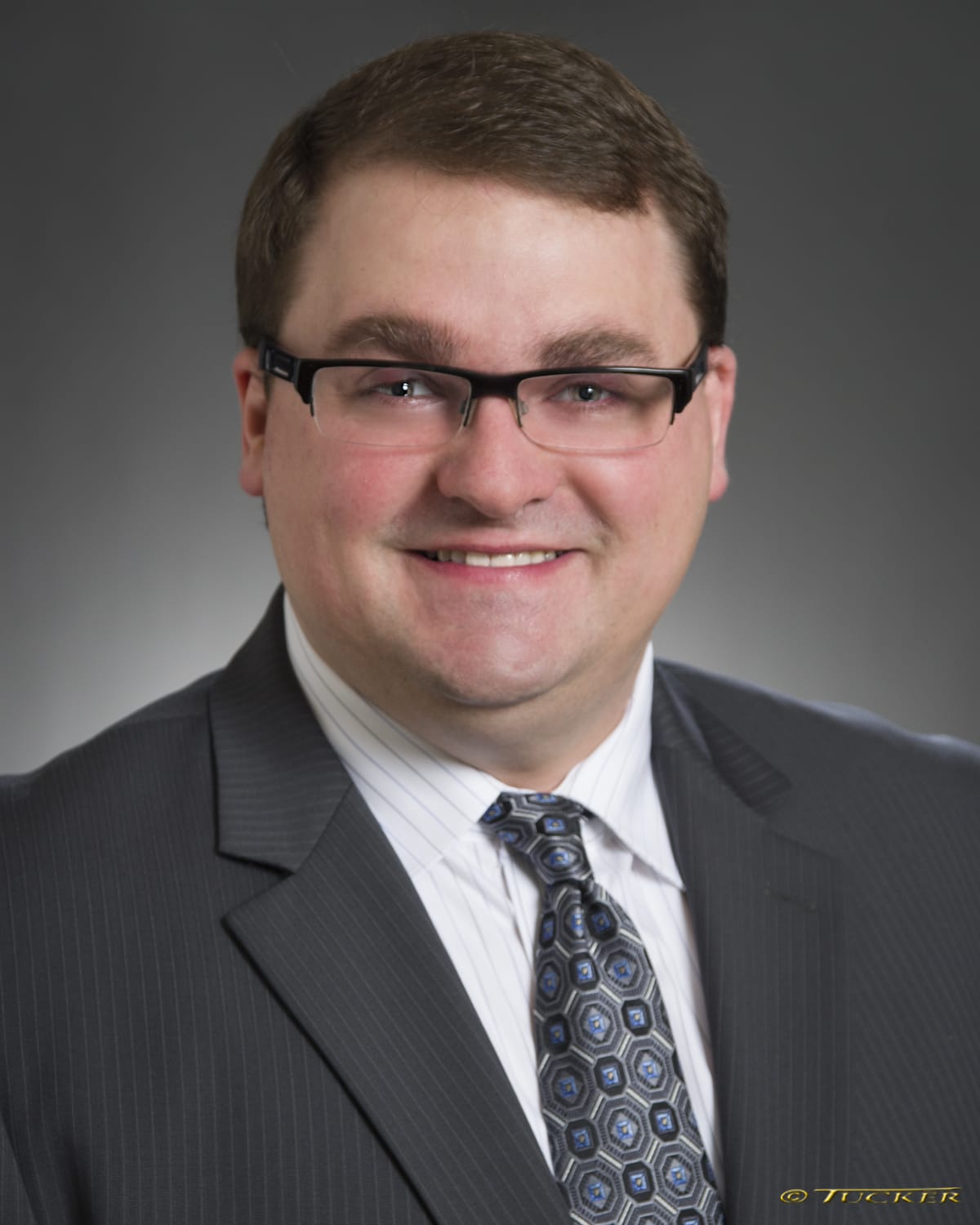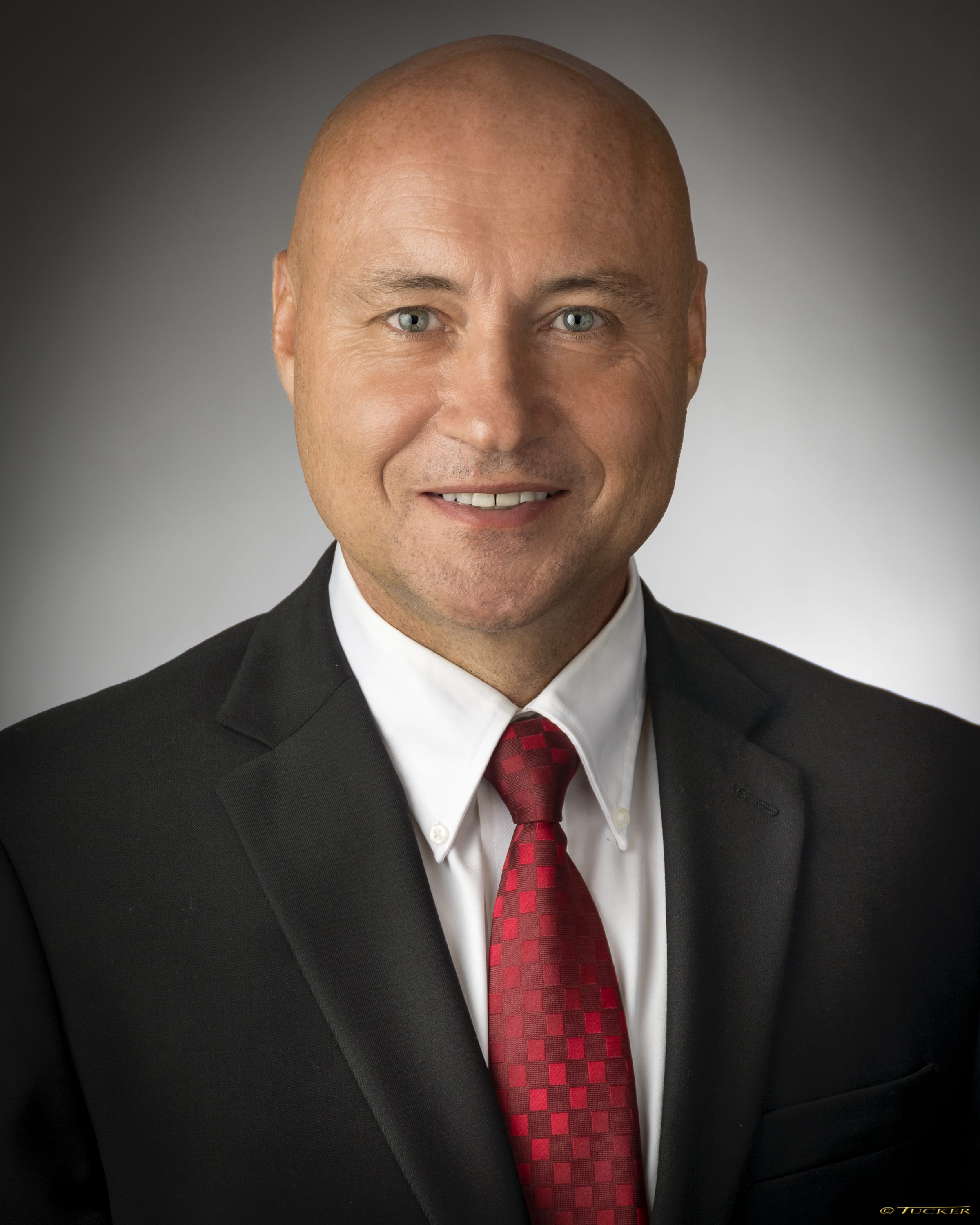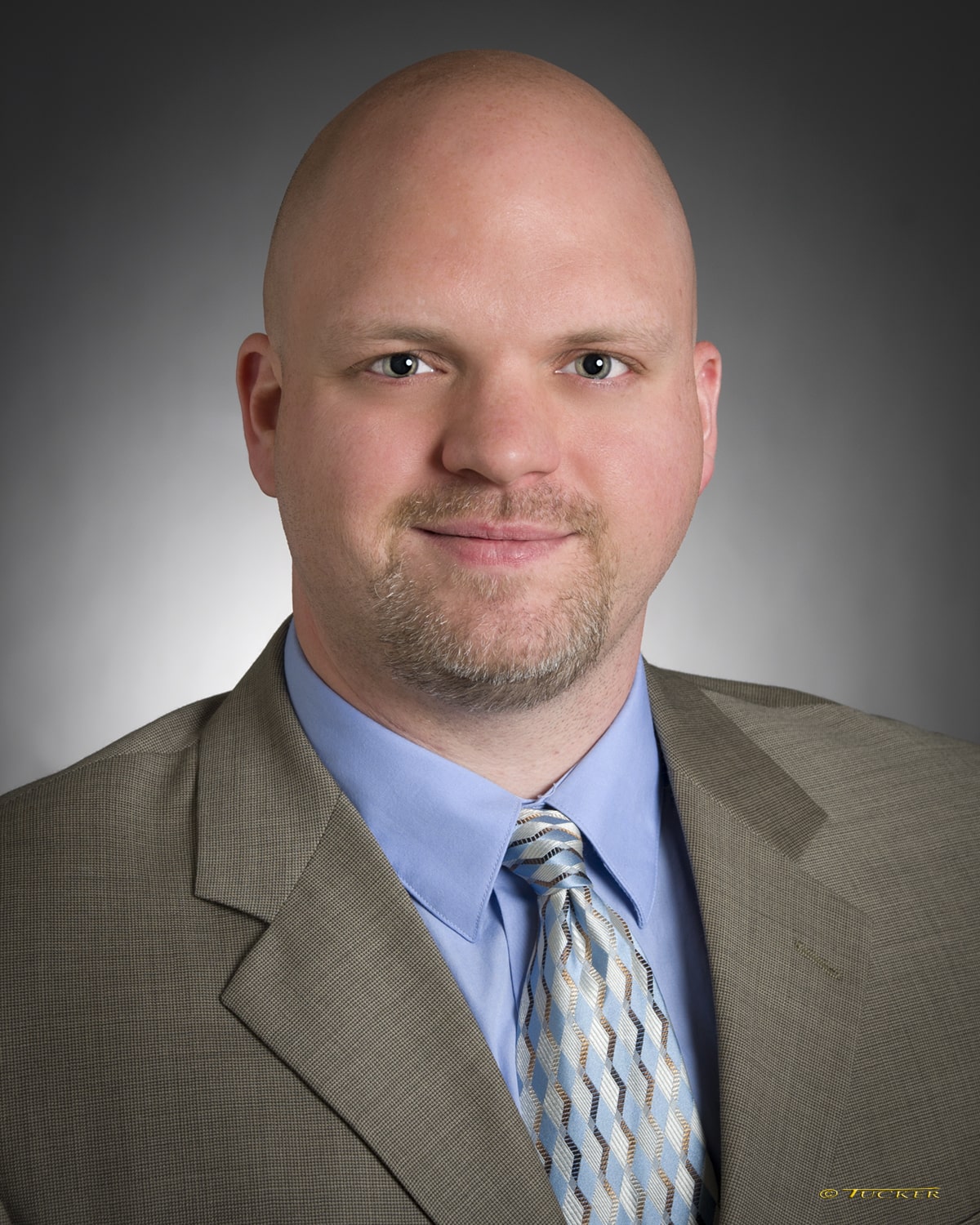York Has Power to Seize Slumlord Assets
Industry Update
November 21, 2018
Source: York Daily Record
There was a time when slumlords ruled. They could take all the rental income from their property or properties, and put it in their pockets, never spending a dime for maintenance as required by municipal property maintenance codes.
They could milk all the equity out of their properties and at the same time never pay municipal real estate taxes, sewer, water or trash bills. When their properties became vacant and blighted, they would simply abandon them and walk away, leaving the taxpayers to clean up their mess.
What the slumlords leave behind is blight, and blight costs the taxpayers of municipalities in Pennsylvania, like York, billions of dollars a year. The blighted and vacant properties which slumlords abandon reduce the assessed value of real estate in the neighborhoods where the property is located, which in turn, reduces the annual property tax revenue available to a municipality, like York, to pay for municipal services.
This loss of annual municipal tax revenue obviously has to be made up through higher real estate taxes on properties owned by taxpayers who do maintain their property. Higher property taxes on well-maintained properties are also necessary, to pay for slumlords unpaid sewer and water bills, etc., left after they abandon their vacant properties.
This inequity is really an economic crime, grossly unfair to all taxpayers in York, and in every municipality in Pennsylvania.
An elderly couple that has worked all their life and maintained their property and have their life savings in the equity in their home, for example, worth say $80,000, find that a slumlord has abandoned a vacant and blighted building down the street in their neighborhood, and suddenly, the value of their home decreases to $40,000, if they can even sell it. They instantly lost $40,000. Isn’t that a crime?
If someone robs a bank and takes other people’s money, it’s considered a crime and they go to jail! If a slumlord does what I suggested, isn’t that a crime too?
This has bothered me since I was director of city planning and acting director of the Redevelopment Authority in York. But there was little I could do about it then.
Things have changed since then! There is a new sheriff in town.
In January of 1973, I became the first executive director of the House Local Government and Urban Affairs Committees for the Pennsylvania Legislature.
It was then that I was given a chance to actually do something about blight.
I was asked to draft House Resolution 91, which the Legislature passed unanimously, authorizing the House Urban Affairs Committee to investigate the causes of blight in Pennsylvania municipalities and recommend what needed to be done to eliminate it.
The committee held statewide hearings throughout Pennsylvania and I was asked to draft a report titled “Urban Opportunities: Eradicating Blight and Expediting Economic Development in Pennsylvania in the 21st Century,” which the committee released. The American Planning Association used the report in the development of their new national policy on blight and underutilized property in America and 30 blight prevention bills I drafted also passed in the House.
Later, state Senator Rhoades established a Pennsylvania Statewide Blight Task Force he asked me to lead. Blight prevention legislation I drafted for the Task Force, thanks to the support of newspapers throughout Pennsylvania, including York, passed and was enacted into law.
Senate Bill 900 became Act 90 of 2010, Pennsylvania’s Neighborhood Blight Reclamation and Revitalization Act.
The main difference between blight prevention state law in Pennsylvania before the passage of Act 90 of 2010 and now is this: Before the passage of Act 90, if a slumlord abandoned a dangerous blighted building in York and it cost York taxpayers $30,000 to demolish it, the only remedy to get the taxpayer’s money back would have been to place a $30,000 lien against the formerly blighted property. In most cases in Pennsylvania, however, the vacant cleared land, minus the formerly blighted building, might only be worth $5,000. Thus, the loss to taxpayers is $25,000. Totally unfair!
I added a provision when I drafted Act 90 to allow a municipality to go after any and all assets of a slumlord to pay back taxpayer money owed a municipality for blight expenditures, including unpaid real estate taxes, sewer and water fees, costs and fines, and municipal legal fees etc.
In other words, no longer is a municipality like York, or any other in Pennsylvania, limited to placing a lien on only the blighted property in an attempt to recover taxpayer expenditures related to blight.
Slumlord assets under Act 90 that can be taken now include the homes of slumlords, their cars, trucks, boats, investments, developments, and/or commercial holdings. In other words, any and all assets necessary to generate enough money to repay the taxpayers for what they spent, which the slumlord refused to pay. Thus, the reason I said earlier, there’s a new sheriff in town.
I didn’t stop there. Act 90 now allows any municipality in York County or in Pennsylvania for that matter to deny a building permit, subdivision approval, zoning approval or zoning change, stormwater management permit, or any municipal approval being sought by an applicant property owner who also owns blighted property in York, or in any municipality in the state, that is in violation of municipal property maintenance codes – until that particular property is brought up to code standards and all money owed the municipality is paid.
I am also in the process of drafting a model municipal blight prevention ordinance that could be used in any municipality in Pennsylvania or nationally that includes a system for going after all aforementioned assets, patterned after what the federal government does when someone attempts to hide assets to avoid paying federal taxes.
Hopefully, municipalities will begin to understand their new powers to prevent blight granted by Pennsylvania’s new state blight laws.
I would be remiss in closing if I failed to mention that not all owners of rental property are slumlords. In my opinion, most landlords are great and maintain their properties to municipal property maintenance code standards.
In fact, landlords are extremely valuable community assets, as most times, they provide the bulk of affordable rental housing desperately needed in the community.
The slumlords I am speaking about, in my opinion, are the most egregious of the egregious. And what they do hurts the value of property owned by good landlords who do maintain their property, which in turn, costs them money.
In fact, in addition, everyone owning property in a neighborhood near vacant, abandoned, blighted property, also ends up paying higher premiums for fire insurance, as a result of blighted property being a favorite site for crime, drug dealers and arsonists!
I truly hope there comes a time when blight in York and everywhere is eliminated. Taxpayers and the communities in which they live deserve no less.
Jeri E. Stumpf is a former director of city planning and acting director of the Redevelopment Authority in York. He also served as the first executive director of the state House Local Government and Urban Affairs Committees.


